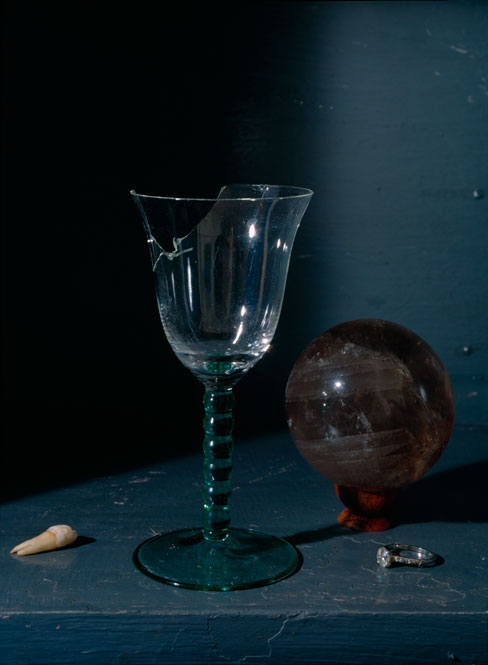A New History of Photography
“Immature poets imitate; mature poets steal;
bad poets deface what they take, and good
poets make it into something better, or at least
something different.”
 —T.S.Eliot
—T.S.Eliot
A simple truth: we reflect ideas that influence us. What we love—our fixations and our obsessions—all are to be seen in the things we do and can be found in the things we create. History is a repository for those influences and obsessions. In history we clearly see the wreckage and reasoning of bygone eras. But the telling of history is not a static enterprise. History evolves over time to explain the past to a contemporary audience eager to understand the origin of its own obsessions and perceptions. As our influences become codified and embodied in the canons we create, we emphasize ways to comprehend the present by way of reconfiguring the past.
Ken Schles examines the photographic
work he’s made over the last
25 years and
recognizes within it a slew of antecedents
and influences.
...from the preface:
Monkey see, monkey do,
everything I say sticks twice on you.
When first asked by Markus Schaden to create a project based on a photographic book or a magazine that had influenced my artistic development, many possibilities came to mind. His question reminded me that there was, and is, a long line of progenitors I could easily pay homage to. When it came time to scrutinized my work more closely, I realized influences ran much deeper than I previously imagined or wanted to believe. There wasn’t a “hand of influence” touching my work a little bit here and a little bit there. No, I saw many lines of influence criss crossing throughout my work. This became quite evident.
When we share images, we share a certain vision—a particular perspective—a way of seeing—both concretely and metaphorically. Concretely, because we universally share the same physical capabilities for sight (with few exceptions). And metaphorically, because, culturally and linguisticaly, we pull our references to, and appreciations of things visual from common pools of understanding, beliefs, interpretations, and historically determined values. When I share my pictures, it's not simply my vision I'm sharing. My way of seeing is not unique to me (just as your interpretation of my images will likely take a particular shape because you bring to the image certain cultural assumptions that were consciously or unconsciously internalized). I realize now there is no reason interpretive associations could or should operate in any other manner and I realize that communication arises out of an engagement with community. When we experience an image, we internalize and reinforce conceptions and ideas processed not by just one person, but by many.
